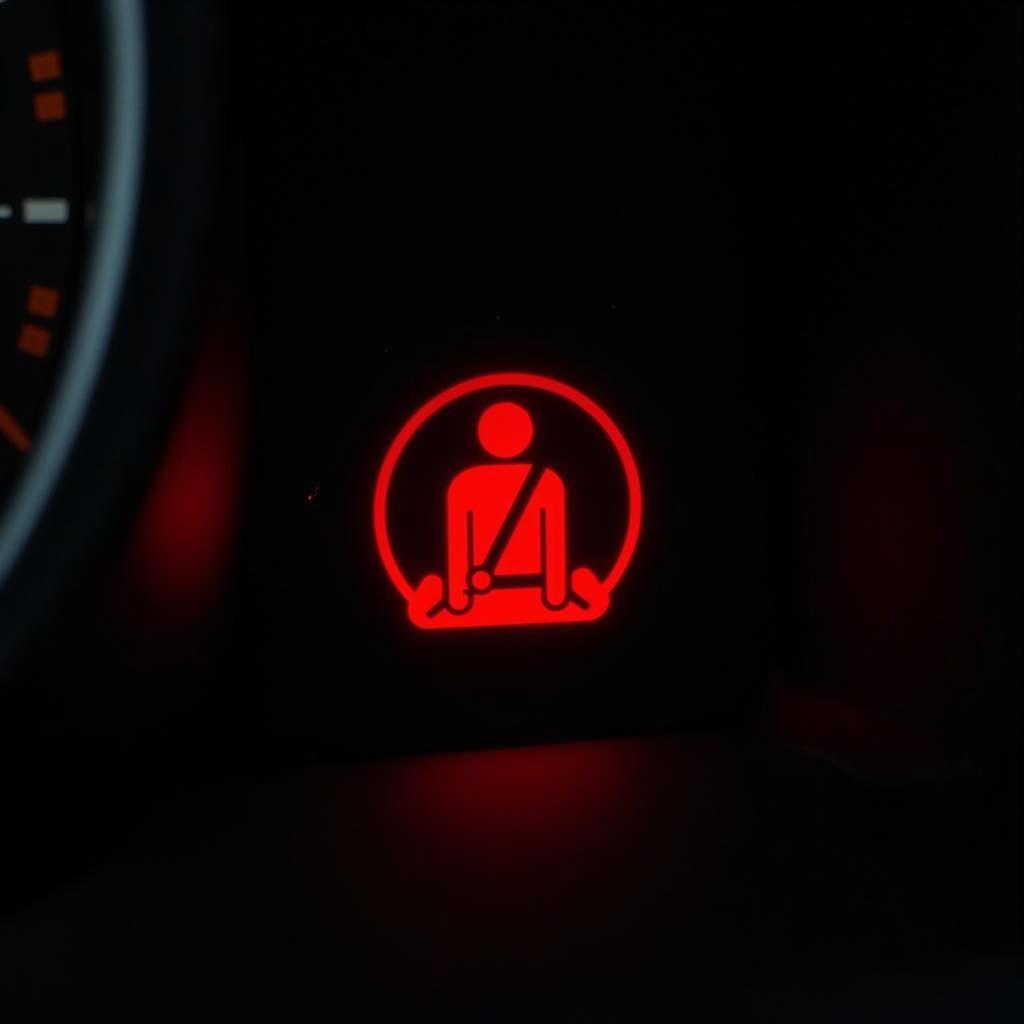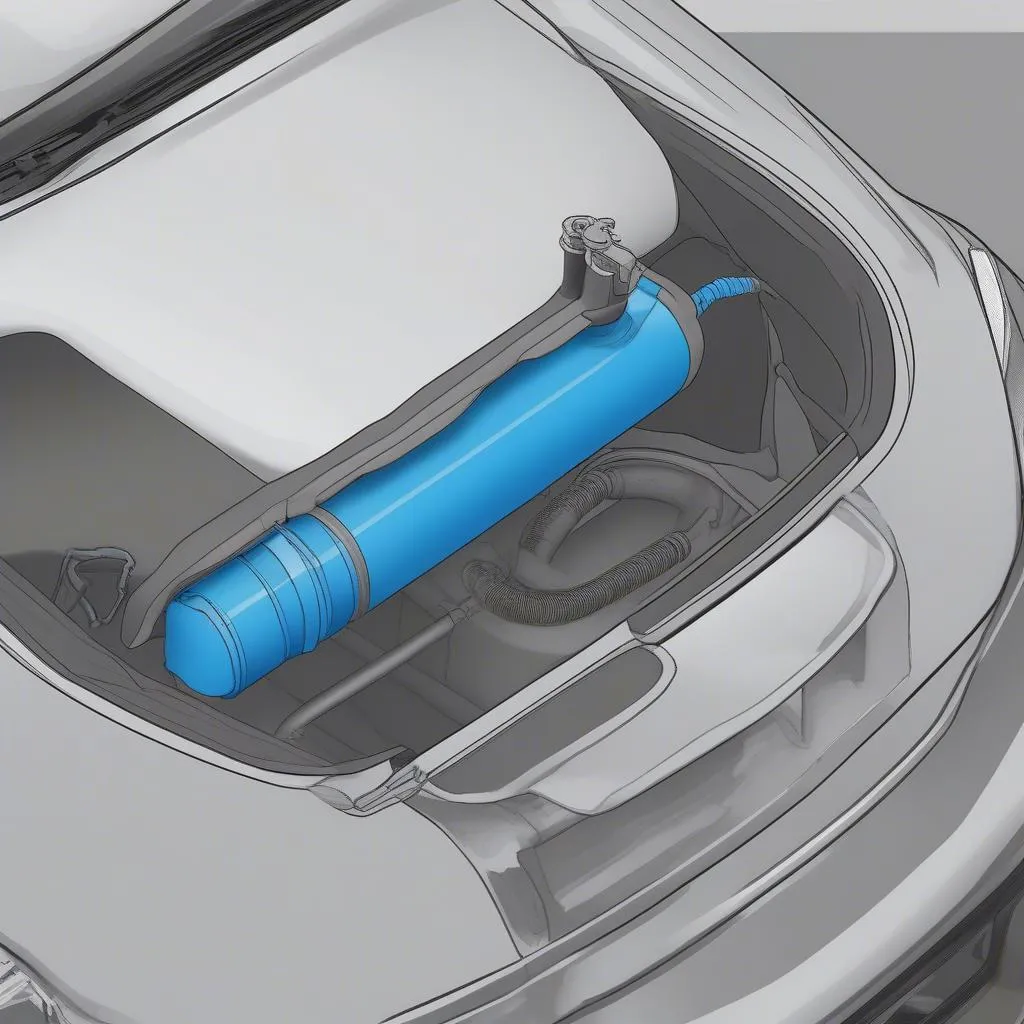The Land Rover Discovery 4 is a popular and capable SUV, but like any vehicle, it can experience issues. One common problem that owners encounter is the brake pad warning light illuminating on the dashboard. This light indicates that your brake pads are nearing the end of their lifespan and require replacement. In this comprehensive guide, we’ll delve into the causes behind this warning light, explore troubleshooting steps, and provide solutions to ensure your Discovery 4’s braking system remains reliable and safe.
Understanding the Brake Pad Warning Light
The brake pad warning light is an essential safety feature designed to alert drivers when their brake pads are wearing thin. It typically illuminates when the brake pads reach a predetermined minimum thickness. Ignoring this warning can lead to serious consequences, including:
- Reduced braking performance: Worn brake pads offer less friction, increasing stopping distances and compromising safety.
- Damage to brake rotors: If brake pads are allowed to wear down completely, they can damage the brake rotors, resulting in costly repairs.
- Uneven brake wear: Ignoring the warning light can lead to uneven wear on brake pads and rotors, further compromising braking performance.
Common Causes of the Land Rover Discovery 4 Brake Pad Warning Light
There are several reasons why the brake pad warning light might illuminate on your Land Rover Discovery 4:
1. Worn Brake Pads
This is the most common cause of the warning light. Brake pads wear down naturally over time due to friction during braking. As the pads become thinner, the warning light triggers.
2. Faulty Brake Pad Wear Sensor
Each brake caliper typically includes a wear sensor, a small component that sends a signal to the vehicle’s computer when the brake pads reach a certain thickness. A faulty wear sensor can trigger the warning light even if the brake pads are still in good condition.
3. Electrical Malfunction
In rare cases, an electrical malfunction in the brake system can cause the warning light to illuminate. This could involve a short circuit, a faulty connection, or a problem with the warning light itself.
Troubleshooting the Brake Pad Warning Light
Before jumping to conclusions, it’s important to systematically troubleshoot the brake pad warning light. Here’s a step-by-step guide:
- Check the brake pad thickness: Visually inspect the brake pads using a flashlight or a mirror. If the pads are visibly worn down, they need to be replaced.
- Check the brake pad wear sensor: The wear sensor is typically a small metal tab that protrudes from the back of the brake pad. Inspect the sensor for damage or excessive wear.
- Scan for fault codes: Use an OBD2 scanner to scan for any fault codes related to the brake system. This can provide clues about the root cause of the warning light.
Example:
“I’ve seen plenty of Land Rover Discovery 4 owners panic when they see the brake pad warning light,” says experienced automotive technician, John Smith. “But often, it’s simply a case of worn pads, which is a normal part of vehicle maintenance.”
Solutions for the Land Rover Discovery 4 Brake Pad Warning Light
Once you’ve identified the cause of the warning light, you can take appropriate action:
1. Replace Worn Brake Pads
If the brake pads are worn down, they need to be replaced. It’s recommended to have this done by a qualified mechanic, as it involves specialized tools and knowledge.
2. Replace Faulty Brake Pad Wear Sensor
If the wear sensor is damaged or faulty, it needs to be replaced. The sensor is often integrated into the brake pad, so it will need to be replaced when you replace the pads.
3. Address Electrical Malfunctions
If an electrical malfunction is causing the warning light, you’ll need to have the wiring and connectors inspected and repaired by a qualified mechanic.
Preventing Future Brake Pad Issues
To prevent the brake pad warning light from illuminating again in the future, consider the following:
- Regular brake inspections: Have your brakes inspected by a mechanic every 12 months or 12,000 miles. This allows them to identify any wear and tear before it becomes a serious problem.
- Use high-quality brake pads: Invest in high-quality brake pads from reputable brands. These will offer longer lifespan and better performance.
- Avoid aggressive braking: Harsh braking puts extra wear and tear on your brake pads. Practice smooth and controlled braking to extend the life of your brakes.
Example:
“It’s best to think of your car’s brakes as a vital safety system,” advises John Smith. “By staying on top of maintenance and addressing any warning signs, you can ensure that your Land Rover Discovery 4 remains safe and reliable.”
FAQ
Q: How often should I replace my brake pads?
A: Most brake pads last between 25,000 and 65,000 miles, but this can vary depending on driving habits and conditions.
Q: What is the cost of replacing brake pads on a Land Rover Discovery 4?
A: The cost of replacing brake pads on a Land Rover Discovery 4 can range from $200 to $500, depending on the type of pads and the labor costs in your area.
Q: What happens if I ignore the brake pad warning light?
A: Ignoring the brake pad warning light can lead to reduced braking performance, damage to brake rotors, and ultimately, a more expensive repair.
Q: Can I replace the brake pads myself?
A: Replacing brake pads on a Land Rover Discovery 4 can be a challenging DIY project. It’s recommended to have a qualified mechanic perform the work to ensure proper installation and safety.
Q: How do I know if my brake pad wear sensors are working properly?
A: You can test the brake pad wear sensors by using a multimeter to check for continuity when the brakes are applied. If there is no continuity, the sensor may be faulty.
By following these steps, you can effectively troubleshoot and resolve the Land Rover Discovery 4 brake pad warning light, keeping your vehicle safe and reliable. Remember, regular maintenance and timely attention to any warning signs are crucial for ensuring the longevity and performance of your vehicle’s braking system.


